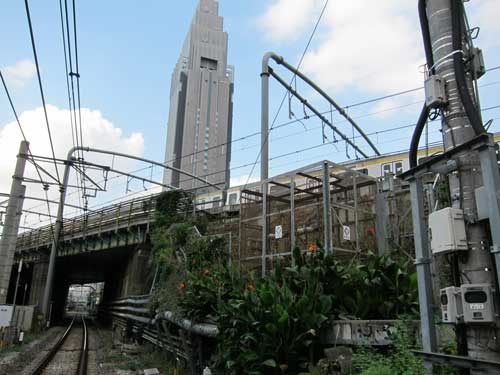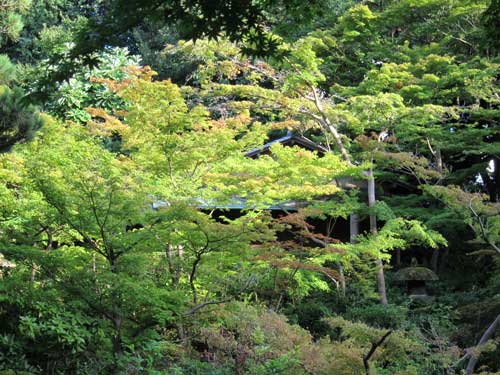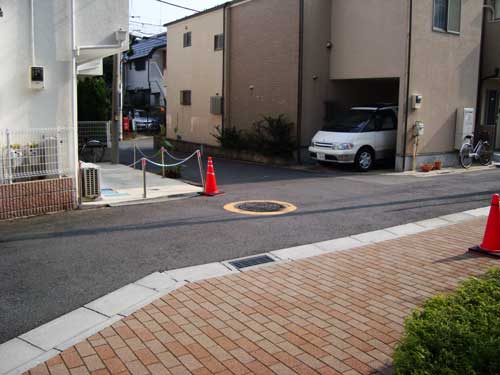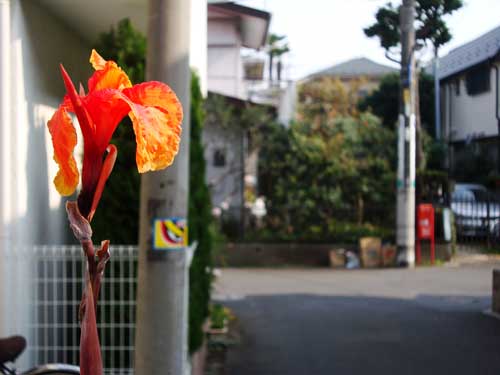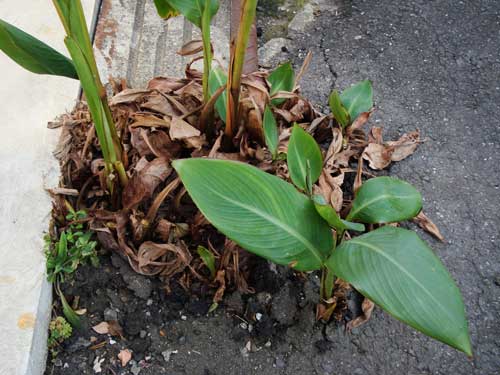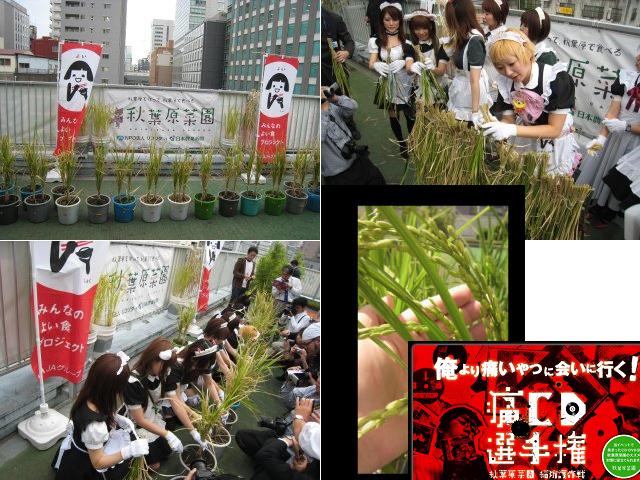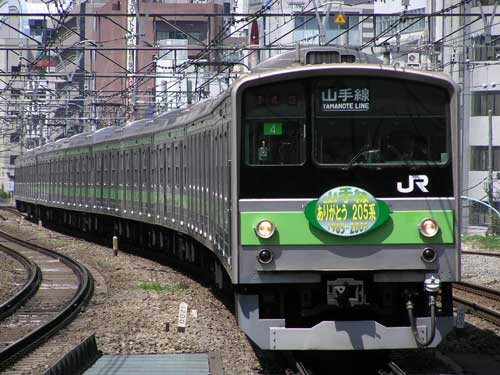
The Huffington Post published my article entitled “Biodiversity Remakes Tokyo.” I will become a regular blogger, so if you like the article please leave a comment on the Huffington Post, post it to your Facebook account, or Tweet it to your friends. Thank you!
Here’s the first four paragraphs:
The Copenhagen UN Climate Change Conference addresses unparalleled environmental crisis and the need to transform our relationship with nature. Many people assume that nature has no place in the city. On the contrary, cities are central sites for a sustainable, post-industrial era that supports population growth and a high quality of life. Biodiversity and urban forests can thrive with concrete and people.
Ordinary gardeners and environmental visionaries in Tokyo, the world’s largest metropolis, are improving urban life for human and environmental benefit. While mainstream environmentalists work to save distant forests, urban innovators are creating new shared places that connect city residents to the environment and each other. Successful strategies include maximizing limited resources, engaging urban dwellers, and sharing daily life with plants and wildlife.
Tokyo’s size, density, lack of open space, and past policy failures paradoxically make it a model for rebuilding mature cities and designing hundreds of new cities. Along with climate change, the world faces unprecedented urbanization, reaching 60% of the world population or 5 billion people by 2030. African and Asian urban populations will double between 2000 and 2030.
To make cities sustainable and attractive, limited resources must be used for maximum benefit. Tokyo already offers vibrant and safe street life with relatively small private spaces. Because of usage fees and public investment, more daily trips are made by transit, walking and bicycling than automobile. And large numbers of often elderly residents tend gardens spilling out from homes into streets. With minimal horizontal area between homes, Tokyo residents are experts in blurring public and private spaces, and growing vertical gardens in even the narrowest openings.
Click to read the full story on the Huffington Post.









